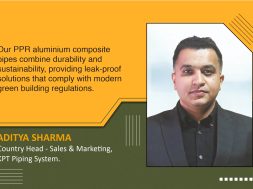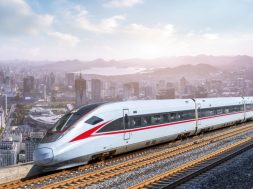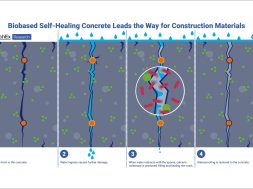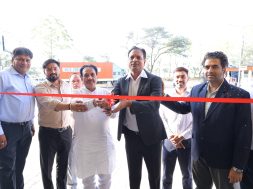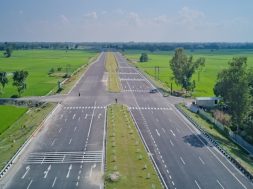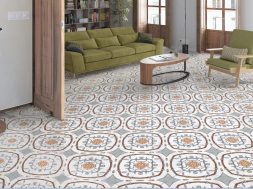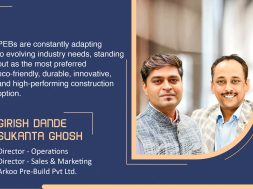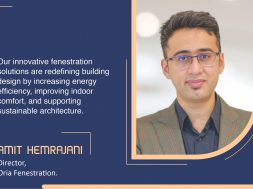PPR pipes enhance plumbing standards
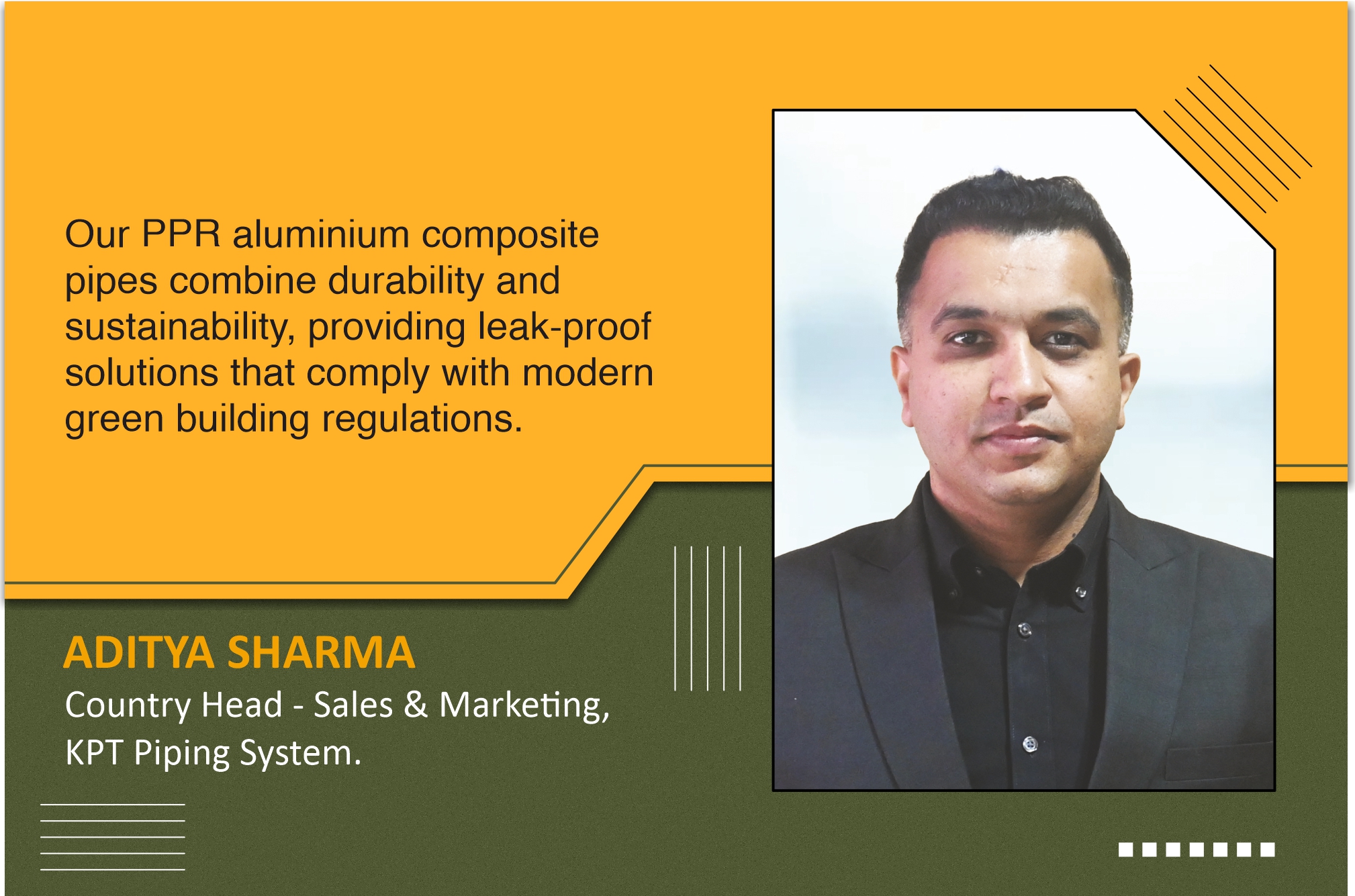
This interaction discusses KPT Piping Systems’ innovative piping solutions, technologies, and sustainable practices.
How has the evolution of plastic and composite materials influenced the design and performance of pipes in recent years?
Plastic has been in use for a long time. The pipe industry has transitioned from galvanised iron to plastic. The plastic we use is thermoplastic, essentially derived from crude oil. At KPT, the evolution has implemented a three-layer piping system with aluminium in the middle layer. We are the only manufacturers in India and Asia that use aluminium in the middle layer of pipes. Aluminium increases the pressure and temperature resistance of the pipes, which, in turn, enhances their performance. Thermoplastic has better efficiency and performance than conventional materials like galvanised iron, steel, and copper.
Please elaborate on the technologies that you use in your piping systems.
Conventionally, threads and solvents were used to manufacture and join pipes. Technological evolution introduced heat fusion technology, eliminating the need for solvents and chemicals and ensuring complete hygiene for piping products. Similarly, at KPT, the PPR pipes are manufactured based on German technology in which solvents and cement were not used and fusion welding was used. We are also supplying this technology to other players in the market.
Please walk us through your company’s sustainable practices.
We are fully committed to adhering to sustainable practices. Our primary goals are achieving net zero and decarbonisation. One best example is our PPR pipes. Apart from their long lifespan of 40 to 50 years, they are also recyclable and reusable, which makes them eco-friendly.

What key considerations should architects and developers consider when selecting pipes and fittings for buildings aiming for green building certifications?
The most important issue that architects and developers should consider is leakage. The possibility of leakage is highest at the joints. India and the USA are the two markets that still use piping technologies involving solvents and cement. In India, KPT Pipes is the only manufacturer promoting PPR pipes, which uses fusion welding to manufacture pipes. These pipes do not use solvents or chemicals and are completely leakproof. These pipes are, therefore, most recommended for architects and MEP consultants. A concealed, leak-proof plumbing system aligns with green construction standards, ensuring sustainable practices.
What are the innovations in your product line?
At KPT, we have recently developed a composite-based PPR pipe. While composite pipes are usually made of aluminium and polyethene (PEX), PPR pipes use only aluminium. The PEX composite system requires push fittings, and the jointing is not as strong as that achieved using PPR pipes.
What are the major challenges that you face in adopting new technologies?
One of the major challenges is that our products require continuous electricity supply at the construction site for installation. The government recently overcame this challenge by ensuring a constant electricity supply. The other is the shortage of skilled labour. To address this, we are conducting plumber training sessions across India.
For more details, visit: https://www.kptpipes.com/
Cookie Consent
We use cookies to personalize your experience. By continuing to visit this website you agree to our Terms & Conditions, Privacy Policy and Cookie Policy.
